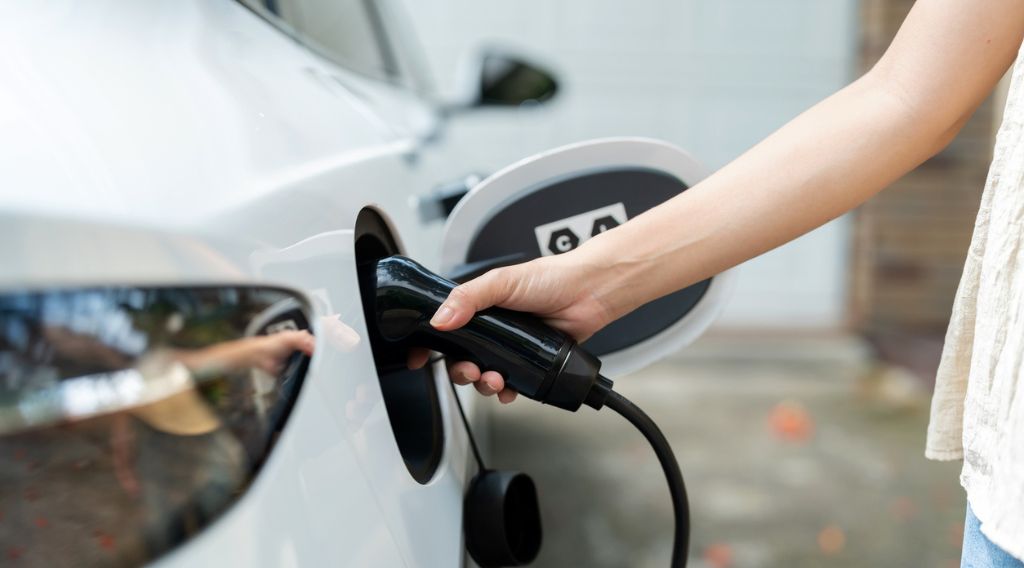 Many cities across the U.S.—even large cities like New York City—are stepping up recycling efforts by offering curbside collection of source separated organics, or food scraps and nonrecyclable papers. City and county governments are looking to collect household and institutional organic waste to boost recycling efforts.
Many cities across the U.S.—even large cities like New York City—are stepping up recycling efforts by offering curbside collection of source separated organics, or food scraps and nonrecyclable papers. City and county governments are looking to collect household and institutional organic waste to boost recycling efforts.
As they consider what to do with these organics, they should consider the value of anaerobic digestion (AD).
U.S. EPA statistics show that in 2011, Americans generated 250 million tons of trash and recycled approximately 35 percent, or 87 million tons, of the collected material. Food scraps accounted for approximately 21 percent of the remaining 164 million tons of nonrecycled materials. Current recycling rates make a strong case for why local units of government are targeting organic materials to boost recycling.
As local units of government undertake these efforts, the discussions in several jurisdictions are focused on composting the collected material. As advocates for AD and biogas energy generation, it is important that we urge cities and counties to consider anaerobic digestion as an avenue to capture the energy value from household food scraps and other organic material. Composting is far preferable to landfilling organics, and has the advantage of having viable economics with small volumes of organics, but AD offers additional benefits.
Although project economics might not always favor AD compared to composting, it should be considered in the planning process, and used when sufficient volumes of organics make the economics more attractive The use of AD could take organic collection programs to the next level by capturing the methane from organic materials and using it generate clean power, transportation fuel or both. If transportation fuel is the preferred energy option, trucks that are used to collect organics could be fueled by the methane captured in the AD process, which could save city and county government’s money by offsetting diesel fuel use. And you still get the same valuable organic material out the other end, just like a compost project!
Jurisdictions are taking different approaches when it comes to getting more organics out of the solid waste stream and diverting those materials to composting or anaerobic digestion facilities. Some are enacting organic disposal bans and others are implementing voluntary organics sorting and collection programs. These efforts are helping to solve a critical first step: putting the necessary infrastructure and processes in place to efficiently move organic materials from households and institutions to central collection facilities.
In Massachusetts, where 25 percent of the solid waste stream is organic material, new requirements aim to drive part of the nonusable organics to AD facilities. In regulations finalized in January, facilities that have at least 1 ton of organic material per week must separate usable food from nonusable. The nonusable portion must be sent to an AD, composting or animal feed facility. In addition, Massachusetts is offering technical assistance and financing support of up to $1 million in grants to public and private facilities to implement AD projects to process on-site organic waste and be able to receive diverted organics from other locations. The requirements go into effect on Oct. 1.
There are voluntary and mandatory organic collection efforts happening in communities, large and small, across the country. Advocates of increased composting and anaerobic digestion have been and will continue to be natural partners as these efforts scale up. We must all continue to work together to ensure that we make the highest and best use of the organic material diverted from landfills or incinerators.
*This post originally appeared in Biomass Magazine*


